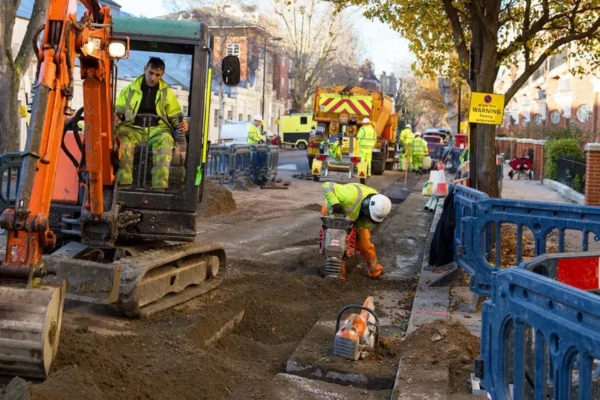What is a Hazard?
As you get started with risk assessment, you’re going to come across the term ‘hazard’ quite a lot.
But what is a hazard, and how might it worry you?
The HSE defines a hazard as “anything that may cause harm,” while IOSH and the National Examination Board in Occupational Safety and Health (NEBOSH) refer to “something with the potential to cause harm”.
‘Risk’ is the likelihood that a hazard could cause harm.
As someone who is responsible for health and safety, you need to have a solid understanding of hazards in order to assess risks, and take action to make sure your workplace is as safe as possible.
This post will ensure you know all about hazards. It’ll show you how to spot them and what to do about them.
Why hazard awareness is important
You want to protect the health and safety of your workplace, so you need to understand how to identify hazards and assess risk. Every workplace has a variety of hazards, and some pose a more significant risk than others.
In some situations, a puddle of water may not pose such a significant risk because it’s outside in a car park, and there are very few people outside. On the other hand, a similar puddle in your retail or office environment may cause a much higher risk because the puddle is unavoidable, people don’t expect it, or they may be carrying something that hinders their vision, making the possibility of an accident much higher.
If you are mindful of the hazards present in your business, and follow a proper risk assessment process, you’ll be able to prioritize how you deal with hazards effectively.
Different types of hazard
One of the first steps you’ll take in any risk assessment process is finding which hazards you’re facing, and this can vary quite considerably depending on the nature of your business. Depending on the type of work you are involved in, there are various potential hazards:
- Physical hazards, e.g., equipment, machinery, slips and trips, dust, and noise.
- Ergonomic hazards, e.g., manual handling, poor posture, poorly set up workstations.
- Chemical hazards, e.g., acids, solvents, flammable materials, fumes and vapors.
- Biological hazards, e.g., bacteria, viral samples, hypodermic needles.
- Psychosocial (Mental) hazards, e.g. job strain, lack of support, fatigue, harassment, violence, work-life imbalance, emotional labour.
In reality, any aspect of your business could be seen as a potential hazard, but you don’t have to worry about every single little thing. A lot of risk assessment involves a common sense evaluation of which hazards pose a serious risk of harm, and how to prevent accidents happening.
We break down all the different common hazards in our blog of 50 Hazards in the Workplace.
How to Identify hazards
When I talk about risk assessment here, within my courses, and throughout this website, the process is all about identifying the hazards within your business, highlighting what kind of risk these hazards create, and the possibility of them happening, and then taking steps and implementing controls to bring this risk level down to an acceptable and safe level.
Check out the HSE guidance on Identifying Hazards for more help.
You can identify hazards in three key ways:
Look around:
Make sure you are familiar with your workplace, including the site, equipment, and how people work. Look out for visible signs of danger and unsafe working practices.
Check records:
A little detective work can lead you to useful clues about less visibly obvious hazards. Accident and ill-health records may reveal work-related health conditions and non-routine operations, while cleaning, maintenance, and production-cycle records could show up functional issues and anomalies.
Think about people:
The best way to protect people is to know them, so make sure you understand how different aspects of your work environment may harm employees, contractors, visitors and members of the public, and how. Pay attention to who might be especially vulnerable to harm, including young people, expectant or new mothers, and people with disabilities. Get to know people, and listen to their concerns.
You will feel more confident about hazards if you take care to familiarize yourself with your specific context, and connect with the physical and emotional well-being of the people you work with. Risk assessment is all about understanding why it’s important to reduce risk, and what action you need to take to keep people safe and healthy.
As you can see, applying the concept of a hazard and risk into your business doesn’t need to be a complex process. With this understanding, you should be able to complete high-quality risk assessment that can save lives. If you don’t want to go it alone, there is plenty of guidance available to help you get started!
Do you have any questions about hazards in your workplace?





